
The Hagia Sophia Cathedral
The Hagia Sophia is the focal point of Istanbul's Old City and has long been a point of reference for both Muslims and Orthodox Christians as the city's main culture has changed.
Istanbul is located on either side of the Bosporus Strait, a body of water that divides Europe and Asia geographically. Thus, the almost 15 million-person Turkish city is located on both continents.
The Hagia Sophia: What Is It?
The Greek Orthodox Christian Church originally commissioned the construction of the Hagia Sophia (Ayasofya in Turkish). But over the ages, its purpose has evolved countless times.
The original Hagia Sophia was built by order of the Byzantine Emperor Constantius in 360 A.D. Istanbul was known as Constantinople when the first church was built. Constantine I, Constantinius' father and the founding monarch of the Byzantine Empire, gave the city that name.
The original Hagia Sophia's roof was made of wood. Due to political disputes among the family of the then-Emperor Arkadios, who had a turbulent reign from 395 to 408 A.D., the building was destroyed in a fire that broke out in Constantinople in 404 A.D.
The Hagia Sophia was reconstructed by Emperor Theodosios II, who succeeded Arkadios, and the new building was finished in 415. Five naves, a colossal entryway, and a wooden roof were all features of the second Hagia Sophia.
This would, however, turn out to be a fatal fault for this significant basilica of the Greek Orthodox church a little more than a century later, since the building was burned down a second time during the so-called "Nika revolts" under Emperor Justinian I, who ruled from 527 to 565.
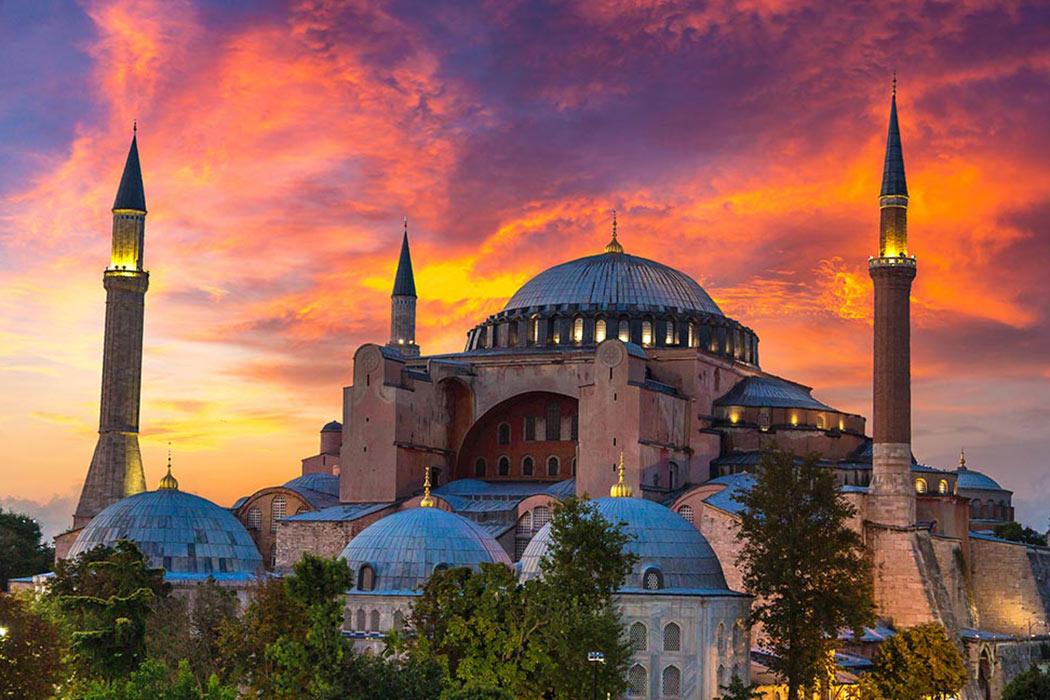
History of Hagia Sophia
Explore the Beauty of the Hagia with our Turkey & Greece Tours and Turkey Tour Packages
In order to prevent further harm from the fire, Justinian ordered the Hagia Sophia's destruction in 532. To build a new basilica, he hired famous designers Isidoros (Milet) and Anthemios (Tralles). In 537, the third Hagia Sophia was finished, and it is still standing today. Emperor Justinian reportedly stated, "My Lord, thank you for providing me the opportunity to establish such a worshiping site," at the time.
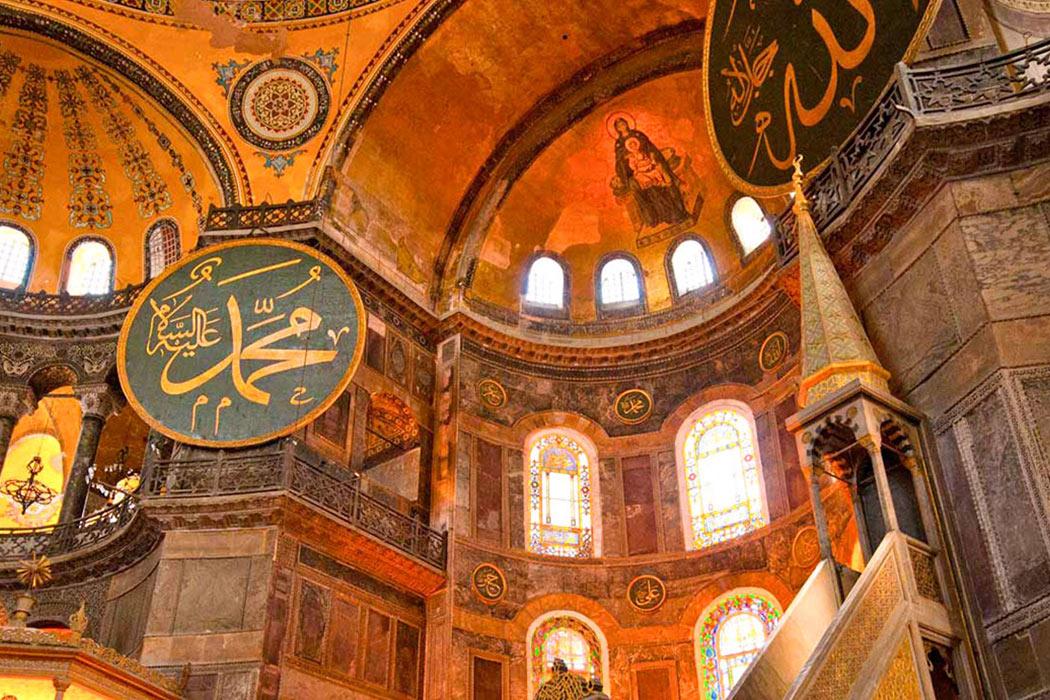
Design of the Hagia Sophia
The third and last Hagia Sophia was a stunning building from the moment it was completed. It incorporated the conventional features of an Orthodox basilica with two narthexes (or "porches"), a huge, domed ceiling, and a semi-domed altar. Hexapterygon, or six-winged angel mosaics, adorned the supporting arches of the dome.
Emperor Justinian ordered that all the provinces he ruled over submit architectural components to be used in the basilica's construction in an endeavor to build a large basilica that would serve as a representation of the whole Byzantine Empire. While other bricks (used in the walls and some of the floor) originated from as far afield as North Africa, the marble used for the floor and ceiling was made in Anatolia (modern-day eastern Turkey) and Syria. Huge marble slabs that are supposed to have been created to mimic running water border the interior of Hagia Sophia.
The 104 columns in the Hagia Sophia were also brought from Egypt and the Temple of Artemis in Ephesus.
The structure is around 269 feet long and 240 feet wide, and the domed roof rises about 180 feet in the air at its tallest point. Isidore the Younger, who was Isidoros's nephew and one of the original architects, replaced the first dome after it partially collapsed in 557. This replacement dome has structural ribs and a more pronounced arc, and it is still in use today.

Touring
There is no entrance fee because the Hagia Sophia is once again a functioning mosque, and visitors who are not Muslims are welcome to enter the structure at any time.
Visitors must be appropriately attired (no shorts, short skirts, or shirts that expose the shoulders), and women must put on a headscarf before entering. At the main entrance, there are complimentary head coverings available for loan. Shoes are not allowed inside.
You can also visit the sultanahmet's historic area which is ideal for those who wish to get as much as possible into a single day in the city. It provides a wonderful introduction to Istanbul's rich history by including tours of (and entry fees for) six of the neighborhood's most well-known landmarks.
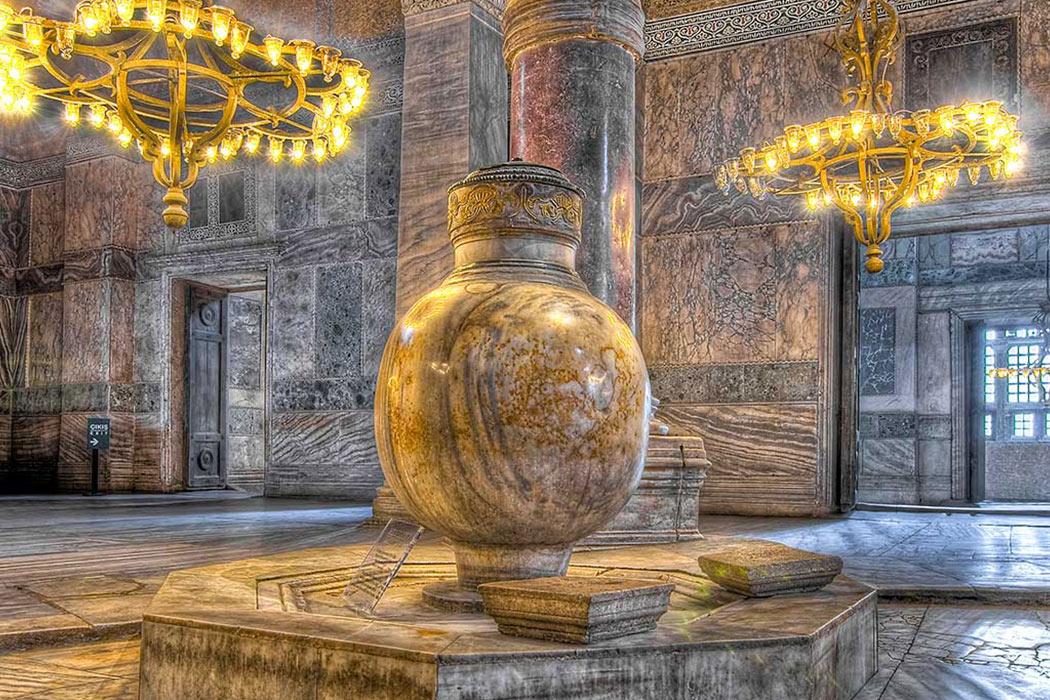
related tours
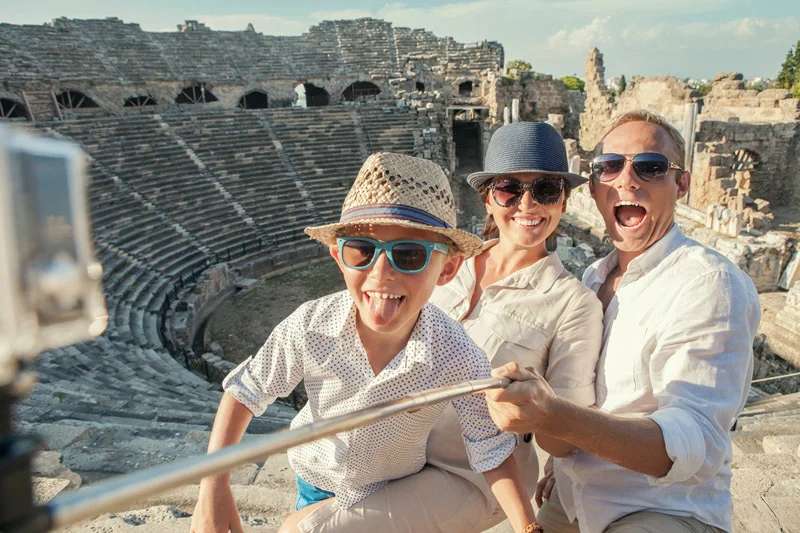
Family Trip to Turkey
5 Days / 4 Nights
From
$ 839
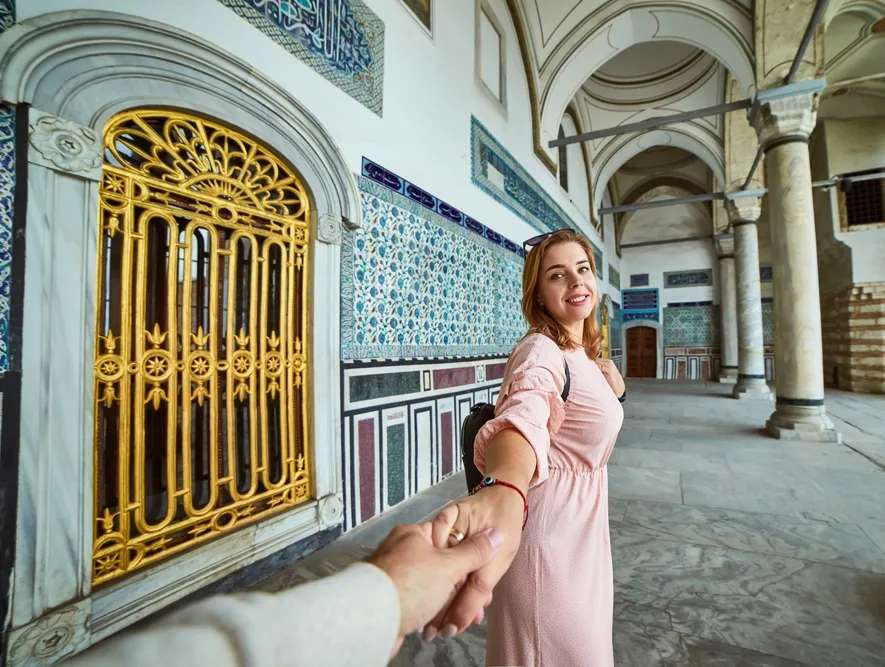
Turkey Trave Packages: Istanbul City Break Vacation
4 Days / 3 Nights
From
$ 470
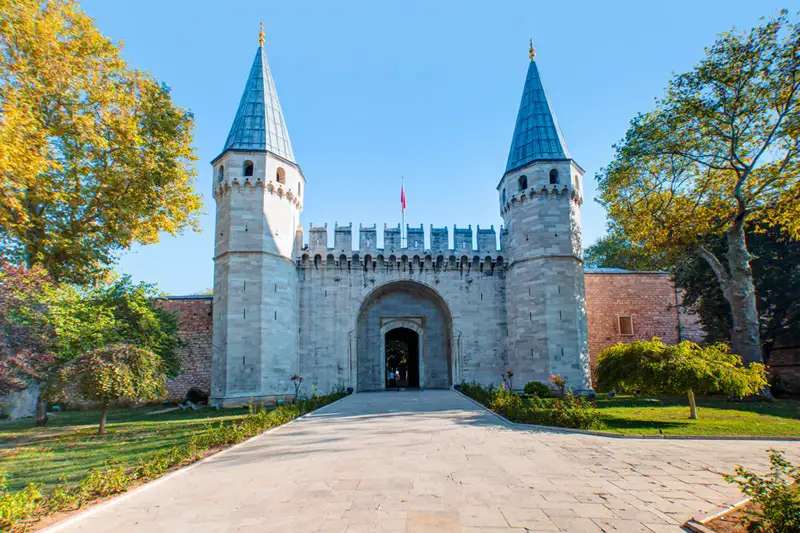
Istanbul Travel Package
5 Days / 4 Nights
From
$ 787

Turkey Travel Packages: 6-Day Istanbul & Cappadocia Tour
6 Days / 5 Nights
From
$ 1020
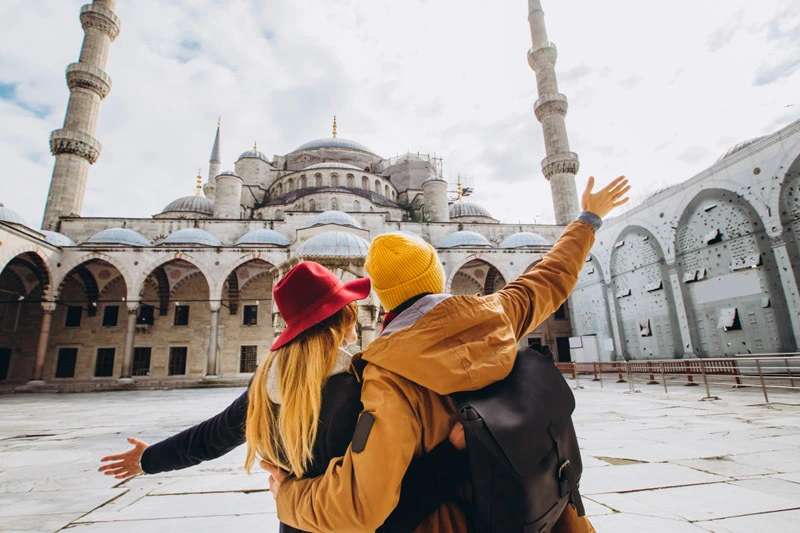
Turkey Romantic Tour
9 Days/ 8 Nights
From
$ 1487
